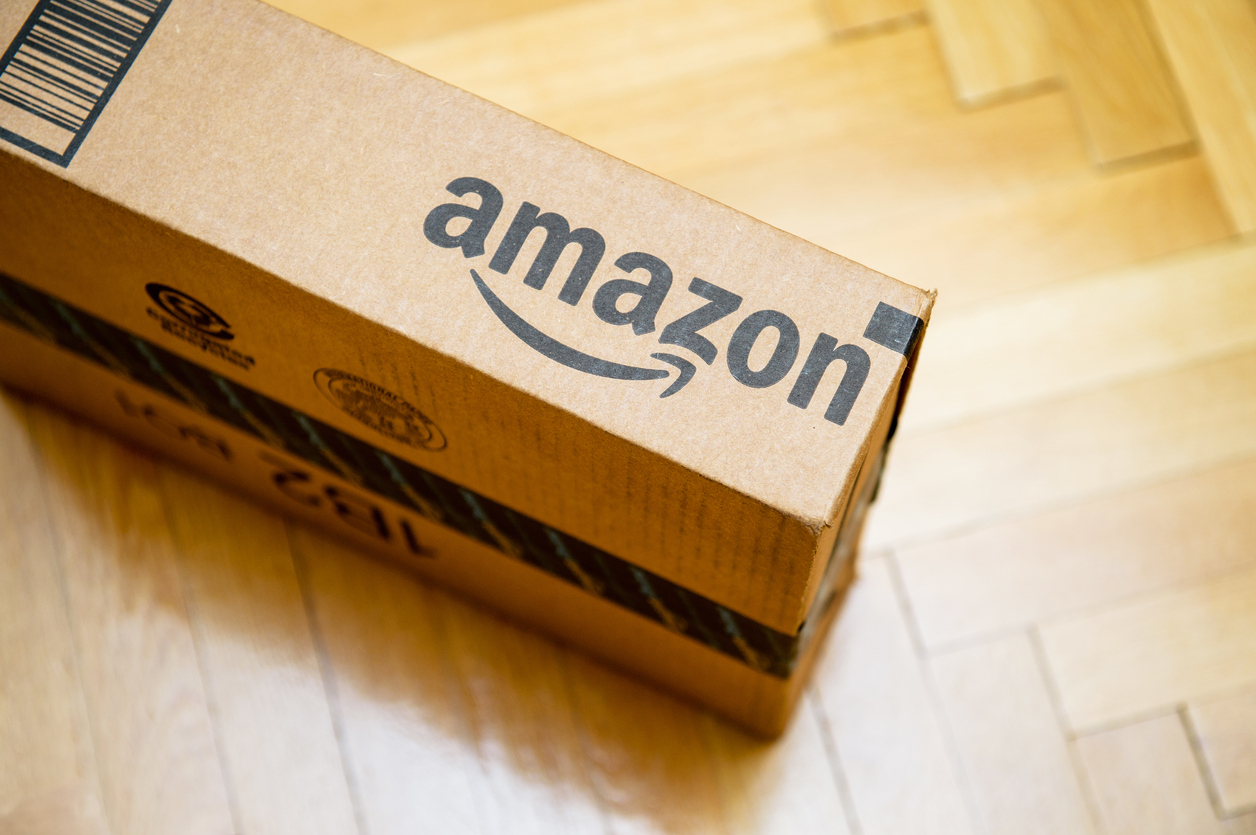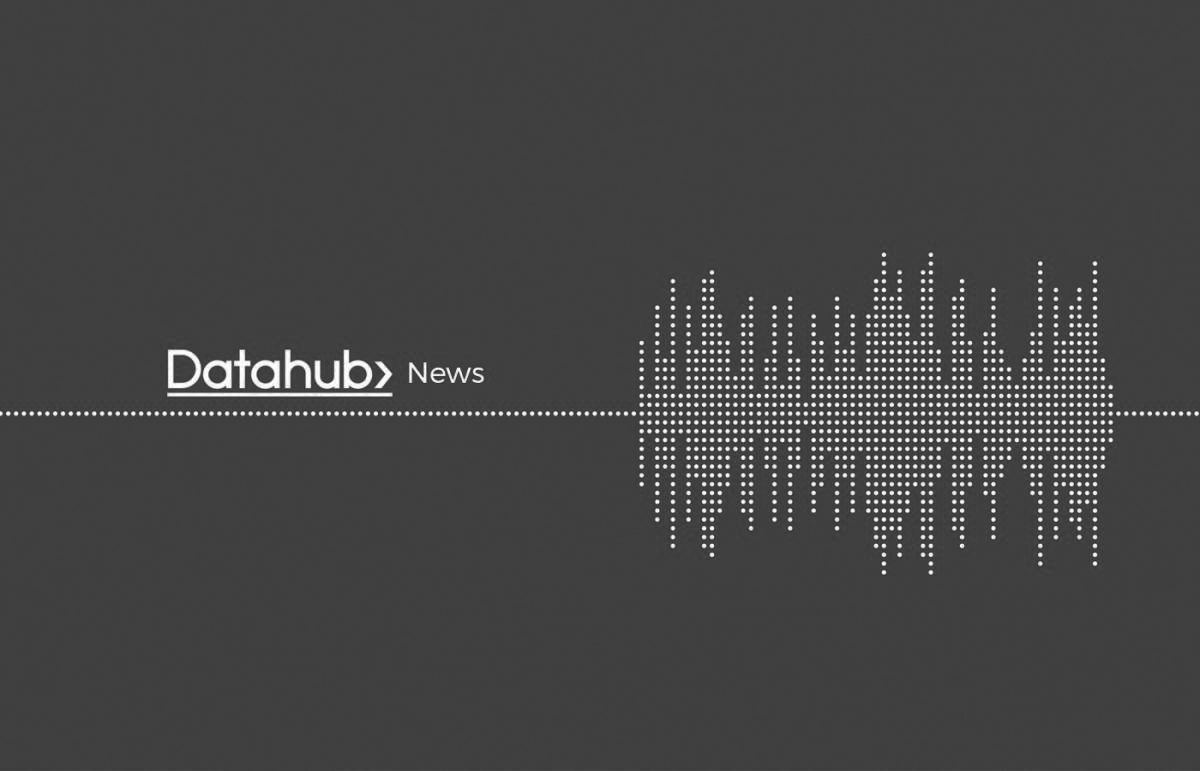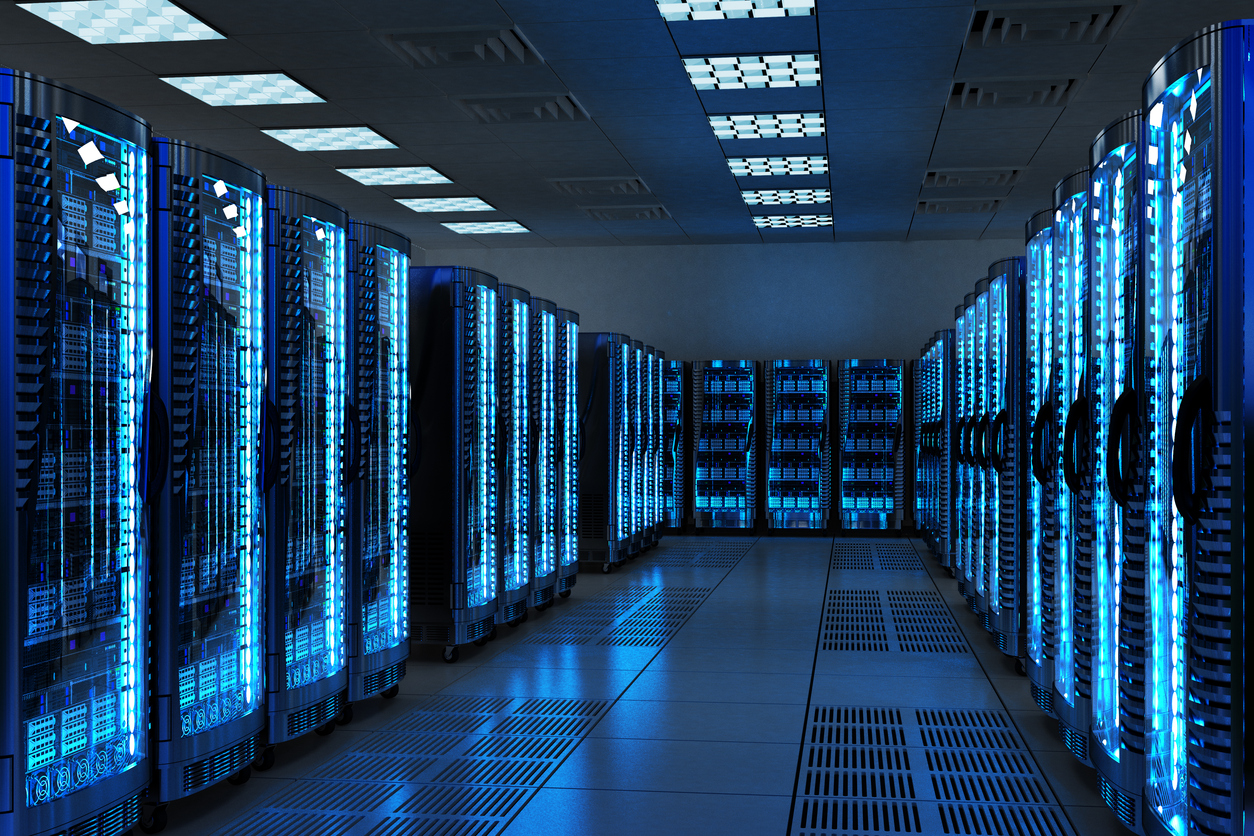New announcements from Microsoft Connect(); 2017, Datameer's new cloud-architected product, Visual Basic Upgrade Companion version 8.0, and more in today's trending stories in data science news.
Microsoft announces new developer tools, streamlines analytics with new Azure services at Microsoft Connect();
Microsoft announces Azure Databricks powered by Apache Spark
To simplify big data analytics, Microsoft announced the availability of Azure Databricks, a service designed to provide one-click setup of analytics jobs on top of Apache Spark. The service, now available in preview, intends to streamline workflows when carrying out Spark analytics, and offers a workspace for interacting with jobs. Azure Databricks has native integration with Azure SQL Data Warehouse, Azure Storage, Azure Cosmos DB, Azure Active Directory and Power BI. Databricks is a San Francisco-based startup founded by the team that developed the popular open-source Apache Spark data-processing framework at the University of California-Berkeley. Microsoft VP Frank Shaw said Azure Databricks could help in inspecting real time data patterns, “like a hotel being able to reason from structured and unstructured data, like video and sound, to discover the best type of lobby flow and check-in desk configuration for a better guest experience.”
Microsoft Joins MariaDB Foundation
Microsoft said it has joined MariaDB Foundation as a platinum member. The company announced the upcoming preview of Azure Database for MariaDB for a fully managed MariaDB service in the cloud.
Azure Cosmos DB with Apache Cassandra API
In another database upgrade on Azure, Microsoft said the Azure Cosmos DB will make data available via an API for the Cassandra NoSQL database. Access to the API is available in preview, and expands the range of data models supported by Azure Cosmos DB, which includes document, graph, key-value, table, and columnar.
GitHub to adopt Microsoft's Git Virtual File System (GVFS)
Microsoft and GitHub have taken their open source partnership further to extend GVFS support to GitHub. Microsoft uses the GVFS to allow it to use the Git version control system with its code for Windows, which runs to 3.5 million files weighing in at about 300GB. Git was never designed to be used with that large an amount of files, and using GVFS allows Git commands to be run on the codebase without taking an unreasonable amount of time.
General availability of Visual Studio App Center
Visual Studio App Center is a new cloud service for developers to ship higher-quality applications more frequently. Objective-C, Swift, Android Java, Xamarin and React Native developers can use App Center to increase productivity and accelerate application lifecycle, freeing them to spend more time on new features and better user experiences.
Visual Studio Live Share
Visual Studio Live Share provides unique new capability for developers to collaborate in a seamless and secure way with full project context. With this preview, developers can share projects with teammates, or other developers, to edit and debug the same code in their personalized editor or IDE.
Azure DevOps Projects
The preview lets developers configure a full DevOps pipeline and connect to Azure Services within five minutes for faster app development and deployment. With just a few clicks in the Azure portal, developers can set up Git repositories, wire up completely automated builds and release pipelines without any prior knowledge of how to do so.
Azure IoT Edge and machine learning updates
Azure IoT Edge is now available for preview, enabling AI, advanced analytics and machine learning at the Internet of Things (IoT) edge. Such an integration with Azure IoT Edge and AI deployment on iOS devices with Core ML can bring AI everywhere from the cloud to the IoT edge of devices.
Azure SQL Database machine learning services preview
Microsoft announced new support for R models inside SQL Database making it seamless for data scientists to develop and train models in Azure Machine Learning and deploy those models directly to Azure SQL Database to create predictions at blazing-fast speeds.
Announcing VBUC 8.0
Visual Basic Upgrade Companion 8.0 comes with additional machine learning
Mobilize.Net has announced Visual Basic Upgrade Companion version 8.0. The new release enables faster migrations, better code generation, and additional machine learning. Customers can try VBUC 8.0 at https://www.mobilize.net/vbuc-free-trial. “Old versions of Visual Basic are unable to support agile, fast development, but these apps are still performing critical roles in organizations,” said Tom Button, CEO of Mobilize.Net. “Mobilize.Net products provide an onramp to DevOps and Agile development helping customers to move to the latest technologies and methodologies.”
Big Data platforms in data science news
Datameer introduces cloud-architected big data platform through AWS
Datameer has announced a new edition of their data preparation and exploration software that is architected specifically for the cloud, and delivered through Amazon Web Services (AWS).The new product comes in response to demands from businesses that are moving to a hybrid cloud-computing model and seeking data preparation tools that are more agile and scalable. While Datameer's software has been available as a hosted service on cloud platforms, the new release is specifically configured for the cloud. The main difference is that the new software's compute and storage functionality is separated, making the software more flexible by better utilizing compute and storage resources. John Morrell, Datameer's senior director of product marketing, said the new product will help businesses resolve the dilemma of working with "shadow data lakes" – massive stores of data in cloud systems such as AWS' S3 (Simple Storage Service) that are difficult to process and analyze.
Hitachi announces new 100x faster technology for open source software based big data analytics
Hitachi has developed a technology increasing the speed of big data analytics on an open source software Hadoop-based distributed data processing platform. The new technology speeds up the analytics by up to 100 times that of a conventional system. This technology converts data processing procedure generated for software processing in conventional Hadoop data processing to that optimized for parallel processing on hardware, thus enabling high-speed processing of various types of data in FPGA. As a result, less number of servers will be needed when conducting high-speed big data analytics, thus minimizing IT investment while enabling interactive analytics by data scientists, quick on-site business decision making, and other timely information services. This technology will be applied to areas such as finance and communication, Hitachi said.
Cryptocurrency in News
Bitcoin Gold Launched
The latest fork in the bitcoin blockchain, Bitcoin Gold, has gone live. Developers have released the necessary code on GitHub. They aim to create the largest decentralized community in the crypto world.
Read more
 United States
United States
 Great Britain
Great Britain
 India
India
 Germany
Germany
 France
France
 Canada
Canada
 Russia
Russia
 Spain
Spain
 Brazil
Brazil
 Australia
Australia
 South Africa
South Africa
 Thailand
Thailand
 Ukraine
Ukraine
 Switzerland
Switzerland
 Slovakia
Slovakia
 Luxembourg
Luxembourg
 Hungary
Hungary
 Romania
Romania
 Denmark
Denmark
 Ireland
Ireland
 Estonia
Estonia
 Belgium
Belgium
 Italy
Italy
 Finland
Finland
 Cyprus
Cyprus
 Lithuania
Lithuania
 Latvia
Latvia
 Malta
Malta
 Netherlands
Netherlands
 Portugal
Portugal
 Slovenia
Slovenia
 Sweden
Sweden
 Argentina
Argentina
 Colombia
Colombia
 Ecuador
Ecuador
 Indonesia
Indonesia
 Mexico
Mexico
 New Zealand
New Zealand
 Norway
Norway
 South Korea
South Korea
 Taiwan
Taiwan
 Turkey
Turkey
 Czechia
Czechia
 Austria
Austria
 Greece
Greece
 Isle of Man
Isle of Man
 Bulgaria
Bulgaria
 Japan
Japan
 Philippines
Philippines
 Poland
Poland
 Singapore
Singapore
 Egypt
Egypt
 Chile
Chile
 Malaysia
Malaysia















